IDENTITY & RESTRAINT: Art of the Dog Collar
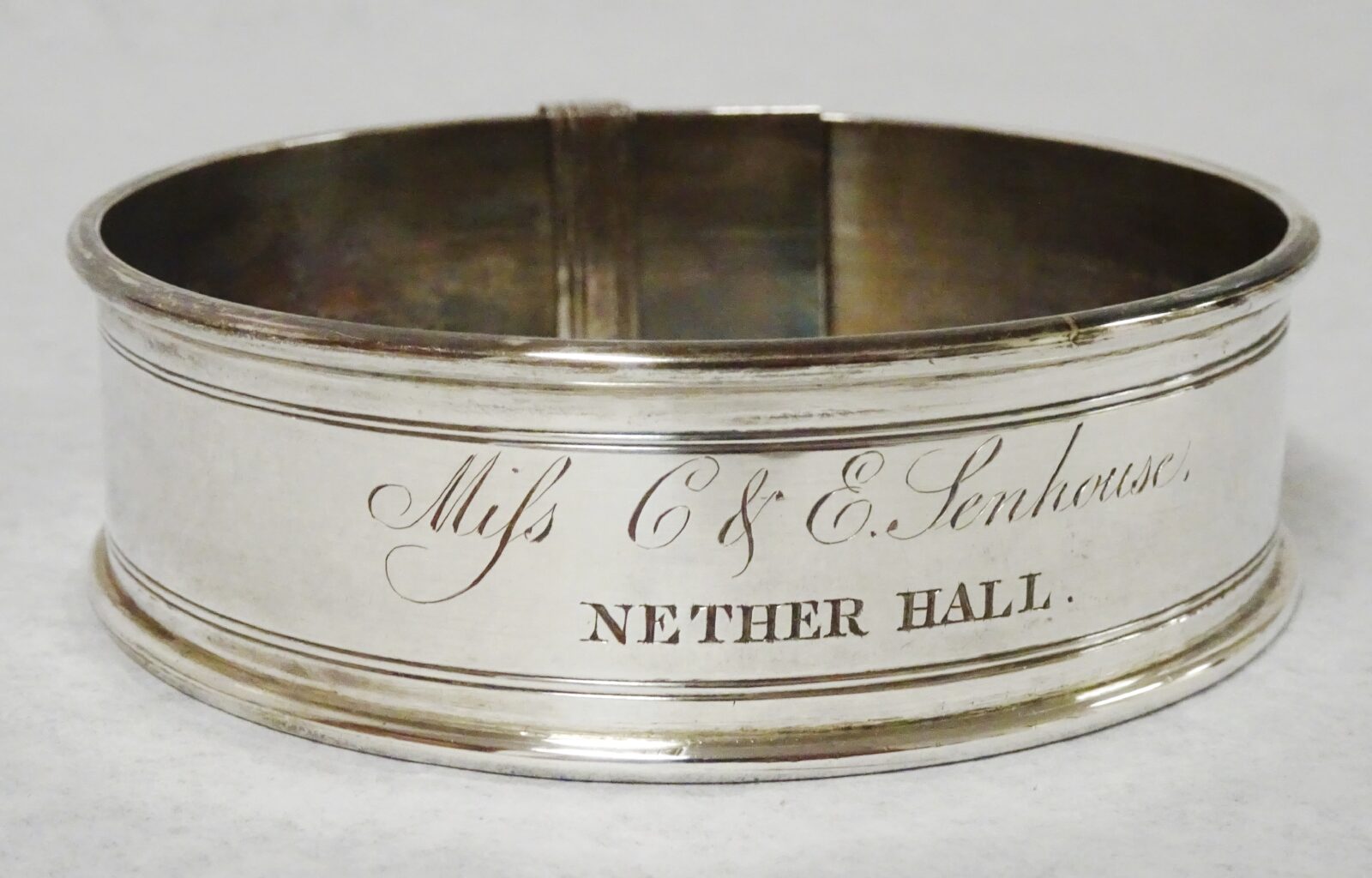
Story by Richard D. Hooper
Another must-see exhibition will open at the National Sporting Library & Museum (NSLM) on October 7. The exhibit highlights more than 60 dog collars from the 187 collars donated to the museum by Dr. and Mrs. Timothy J. Greenan in 2014. The exhibition is a collaboration between the NSLM and The American Kennel Club (AKC) Museum of the Dog in New York City which is sending 48 works of art from its collection to accompany the collars.
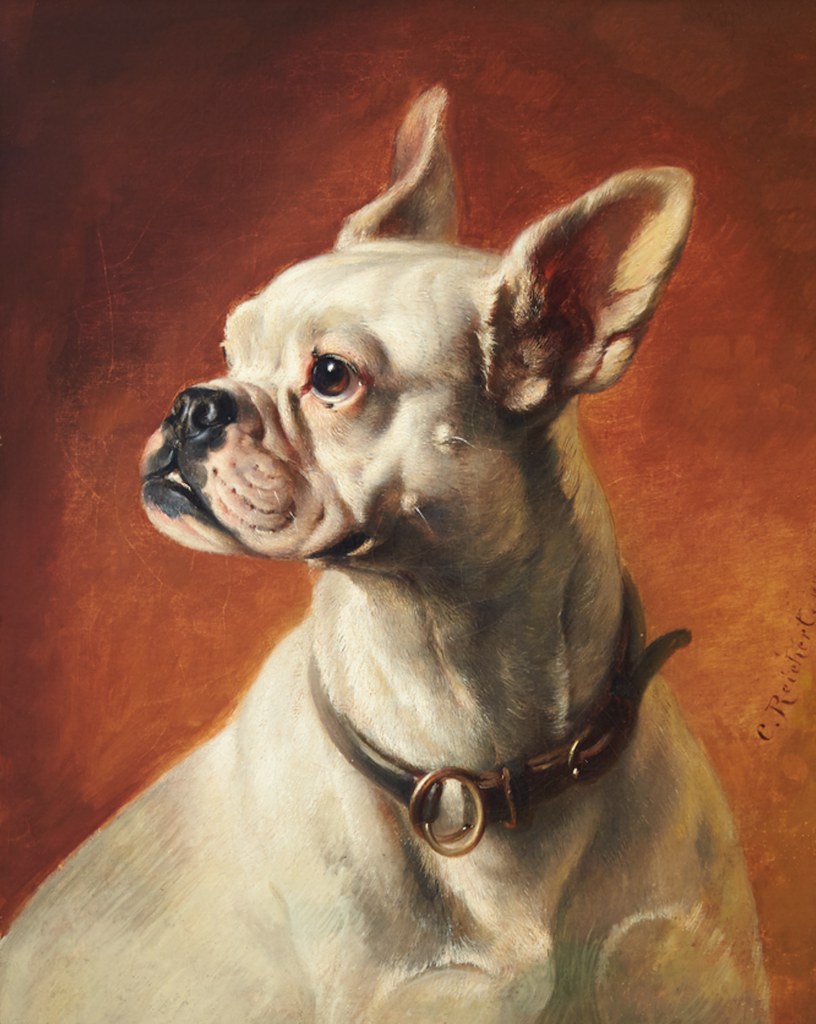
The first section of the exhibition focuses on collars and art from the 17th century into the middle of the 19th century. Among these collars is a very practical hinged, iron collar, and another iron collar of flattened disks with upturned spikes connected by iron rings. Both are from the 1600s.
Some collars in the collection are engraved with the dog’s name, the identity of its owner, or both. Others don’t have either but still convey the high status – its own form of identity – of its owner through both design and richness of material. One such example is an extremely large 18th-century collar from India which would have graced the neck of a Tibetan mastiff. The horsehide leather is set with brass-mounted, agate cabochons along with elaborate metalwork. Two other 18th-century leather collars are from Germany; one is adorned with brass seashells and bosses, the other with stylized initials.
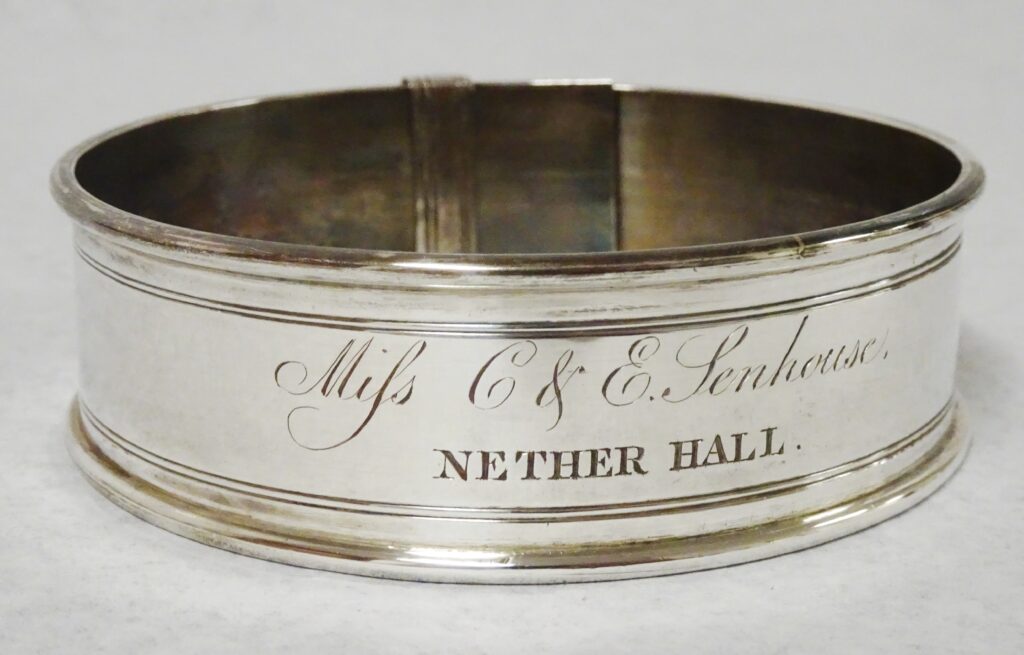
Silver collars conveyed a similar cachet. Of those included in the exhibition, there is one identified as being from the year1834. It is a simple design, and, although the dog is not named, it identifies the owners, Miss C. & E. Senhouse. Their names are elegantly engraved above their beguilingly named abode, “Nether Hall,” a structure in Cumbria at the northwest corner of England with portions dating from at least the 1400s.

Pierced metal collars from the 18th and 19th centuries are certain to be among the highlights of the exhibition. These were made from wide bands of brass with sections removed leaving dates, letters, and designs as the surface. Contrasting leather was usually used as a liner, stitched to the collar through small holes near the upper and lower rims. An unusual example in the show has a metal liner with round-ended spikes bent over its rims.
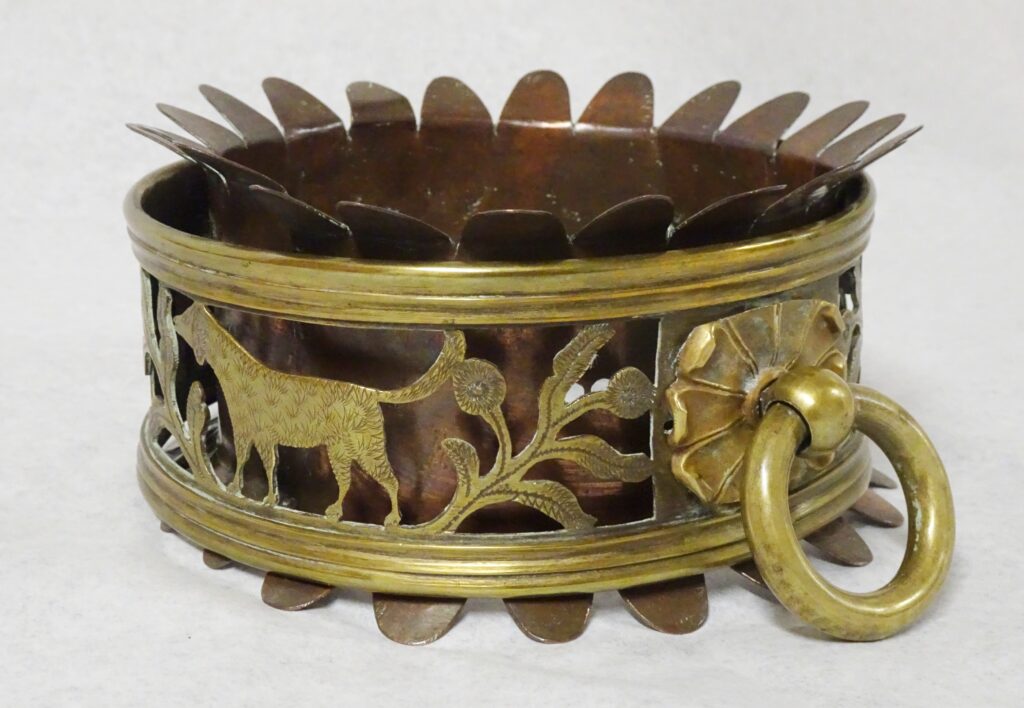
The earliest painting on display is “The Lion Hunt,” dating from 1605 by the Flemish artist Paul de Vos. The Dutch artist Abraham Hondius is represented by several pieces including “The Amsterdam Dog Market” painted in the early 1670s. The scene is generally considered to be an imaginary construct. Nonetheless, it is an amazing painting with more than 40 dogs depicted, possibly to advertise Hondius’ expertise in painting them. In the lower right of the painting, an array of collars is laid out for perusal. Among other artists in this section of the exhibition are Philip Reinagle, George Morlandl, Henry Alken, and two paintings by Sir Edwin Landseer, including the well-known painting “Alexander and Diogenes.”
The other sections of the exhibition focus on particular breeds or types of dogs such as mastiffs, terriers, bulldogs, pointers, and setters. Included here is Richard Ansdell’s “The Poacher at Bay,” depicting a poacher trying to protect himself by desperately clutching to the collar of the gamekeeper’s mastiff. Some of the other artists on display in these sections are Percival Rousseau, Gustave Muss-Arnot, Arthur Wardle, George Earl, and George’s daughter, Maud Earl.
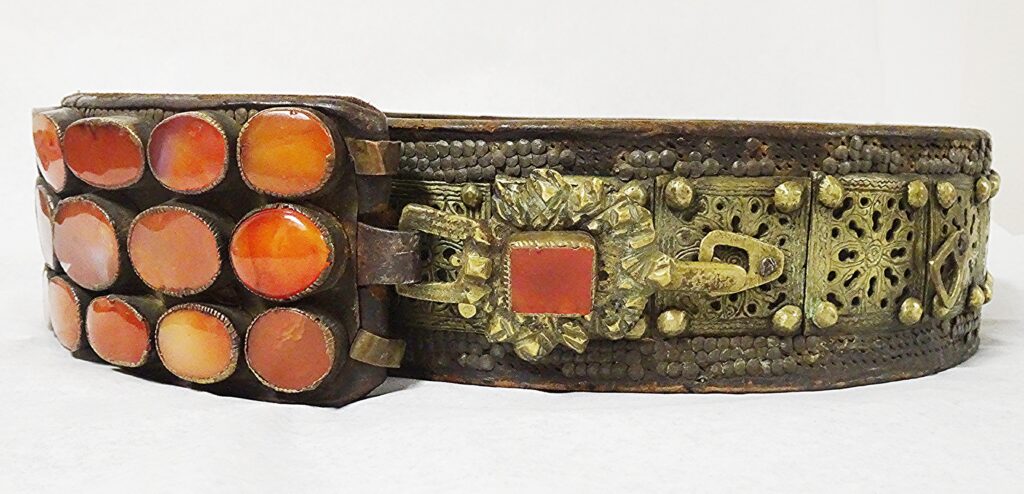
Collars extend through these portions of the show as well, displayed alongside breed types or by use. These collars feature styles that were becoming more broadly available through means of manufacturing including collars with linked metal plaques or bands and interlocking, delicate chains. Many of these were for simple practicality; others strove for a high degree of decorative pleasure.
The catalog of the show contains contributions by Dr. Timothy Greenan, Claudia Pfieffer, the deputy director and George L. Ohrstrom, Jr. Curator at the NSLM, and Alan Fausel, adjunct curator at the AKC Museum of the Dog.
The show will run from October 7 to March 26, 2023, before traveling to the AKC Museum of the Dog in New York where it will be on display from April 5 through September 4, 2023. Finally, it will be at Pebble Hill Plantation in Thomasville, Georgia, from November 3, 2023, until May 3, 2024.
This exhibition was made possible through the generosity of Dr. and Mrs. Timothy J. Greenan, Garth Greenan Gallery, Mark Anstine, and Marianna Lancaster. ML
This article first appeared in the October 2022 issue.








